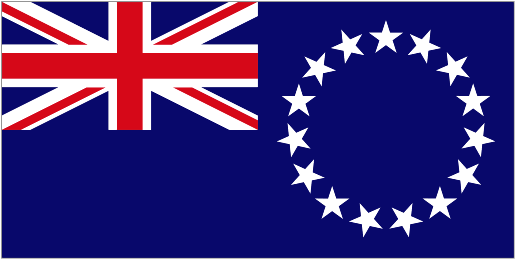 First published in Rugby League World, Issue 380 (Dec 2012)
It’s not easy putting together a World Cup squad when the entire population of your country barely fills a small stadium. But the Cook Islands managed it in 2000 and, thirteen years later, they’re back to fly the flag for one of the world’s smallest nations at RLWC2013.
Fortuna
First published in Rugby League World, Issue 380 (Dec 2012)
It’s not easy putting together a World Cup squad when the entire population of your country barely fills a small stadium. But the Cook Islands managed it in 2000 and, thirteen years later, they’re back to fly the flag for one of the world’s smallest nations at RLWC2013.
Fortuna World Cup Countdown: Cook Islands
 First published in Rugby League World, Issue 380 (Dec 2012)
It’s not easy putting together a World Cup squad when the entire population of your country barely fills a small stadium. But the Cook Islands managed it in 2000 and, thirteen years later, they’re back to fly the flag for one of the world’s smallest nations at RLWC2013.
Fortuna
First published in Rugby League World, Issue 380 (Dec 2012)
It’s not easy putting together a World Cup squad when the entire population of your country barely fills a small stadium. But the Cook Islands managed it in 2000 and, thirteen years later, they’re back to fly the flag for one of the world’s smallest nations at RLWC2013.
Fortuna 